
The AI education content framework for students is developed based on 4 main knowledge streams, corresponding to 4 competency domains, intertwined and complementary to each other, including: Human-centered thinking, AI ethics, AI techniques and applications, AI system design.
Designing an AI education content framework according to the main knowledge streams, in addition to knowledge about AI, also helps students clearly understand the boundary between using technology and social responsibility, ensuring that AI serves human life safely and humanely.
The content framework is designed to correspond to 2 educational stages: Basic education stage (including Primary and Secondary levels) and career orientation education stage (High School level). The content framework is designed consistently but clearly differentiated according to age psychology.
Elementary Level (Introduction): Students recognize AI through visual applications (image and voice recognition), understand that AI is created by humans, and initially form awareness of protecting personal data.
Middle School Level (Basic Understanding): Understand how it works (data, algorithms), practice using AI tools to solve learning problems, and identify AI risks and biases.
High School Level (Creation and Career Orientation): Students design simple AI systems, develop complex problem-solving thinking, and pursue careers in technology.
According to the draft guidelines, the Ministry of Education and Training requires that the organization and implementation of AI educational content must ensure consistency nationwide, while promoting proactiveness and flexibility, suitable to the conditions of localities and educational institutions.
The implementation does not change or overload the General Education Program; it is necessary to compare with the requirements of each subject and educational activity in the program to deploy the content in the AI Content Framework suitable for each subject. AI educational content and activities must be designed to suit the psychology of the age, needs and ability to access technology of students at each level and class.
The school promotes initiative in selecting and combining many forms of implementation (integrating into subjects, organizing seminars, learning through projects, clubs, etc.) suitable to practical conditions.
At the same time, the Ministry of Education and Training requires localities to maximize available resources and facilities, avoiding scattered and ineffective investments. Encourage cooperation and socialization to mobilize resources to support expertise, learning materials and practical experiences. Have appropriate solutions so that all students, especially those in areas with difficult socio -economic conditions, have the opportunity to access AI education.
The Ministry of Education and Training plans to develop a systematic roadmap to ensure feasibility and effectiveness. Specifically as follows:
June - September 2025: Research theoretical and practical foundations; develop a draft AI Education Content Framework with the participation of experts and consultation with international experts and organizations.
October - November 2025: Establish an Evaluation Council; organize workshops to seek opinions from Departments of Education and Training, experts, scientists, educational institutions, relevant organizations and individuals.
November: Draft an Official Dispatch guiding the pilot implementation of AI education content for high school students, widely soliciting opinions from Departments of Education and Training.
December 2025: Develop documents and train core staff to implement the pilot.
December 2025 - May 2026: Pilot implementation at a number of selected educational institutions and regular evaluation.
June 2026: Summarize and evaluate pilot results, complete the AI Content Framework to propose widespread deployment in the following school years.
In parallel with student education, the Ministry also piloted the application of AI in management, supporting teachers in preparing lessons and innovating assessment methods.
Source: https://baotintuc.vn/giao-duc/se-trien-khai-thi-diem-giao-duc-tri-tue-nhan-tao-trong-truong-pho-thong-20251123173515219.htm


![[Photo] Prime Minister concludes trip to attend G20 Summit in South Africa](/_next/image?url=https%3A%2F%2Fvphoto.vietnam.vn%2Fthumb%2F1200x675%2Fvietnam%2Fresource%2FIMAGE%2F2025%2F11%2F24%2F1763944494358_vna-potal-thu-tuong-ket-thuc-chuyen-tham-du-hoi-nghi-thuong-dinh-g20-tai-nam-phi-8428321-4810-jpg.webp&w=3840&q=75)







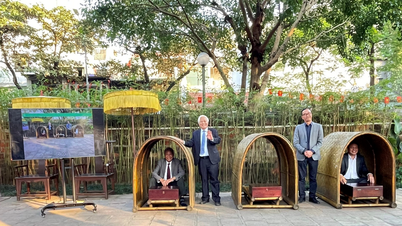

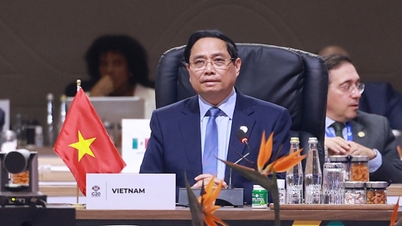



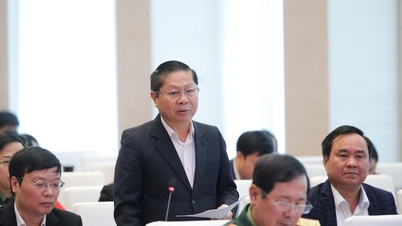



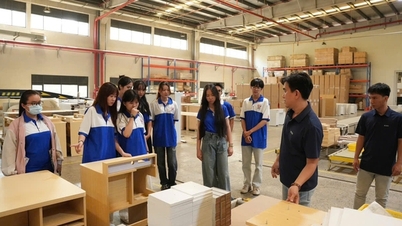



















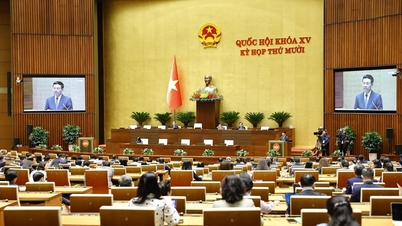




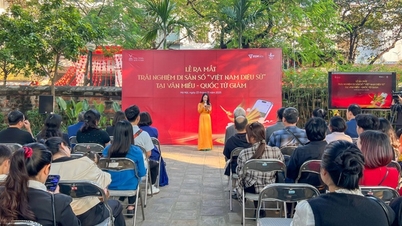

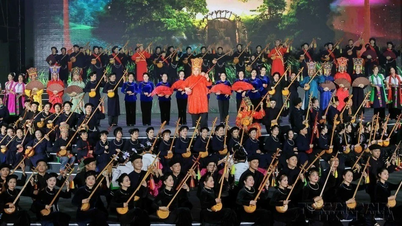






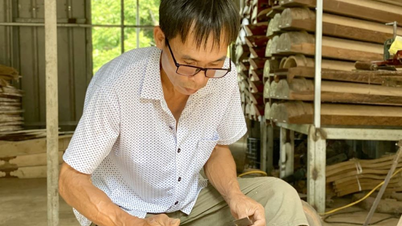


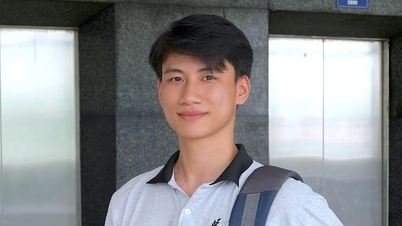








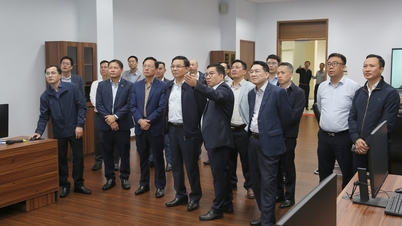













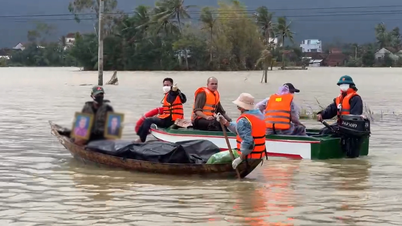




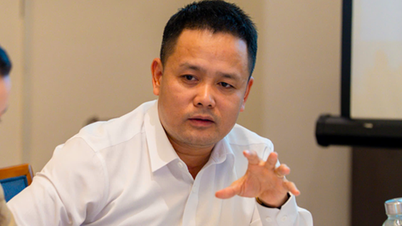



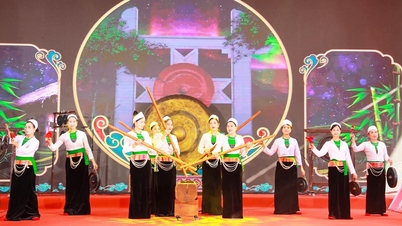







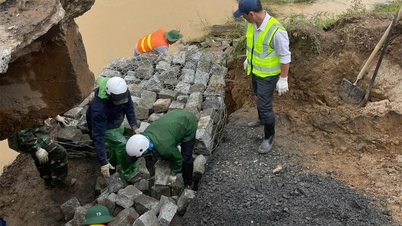
















Comment (0)